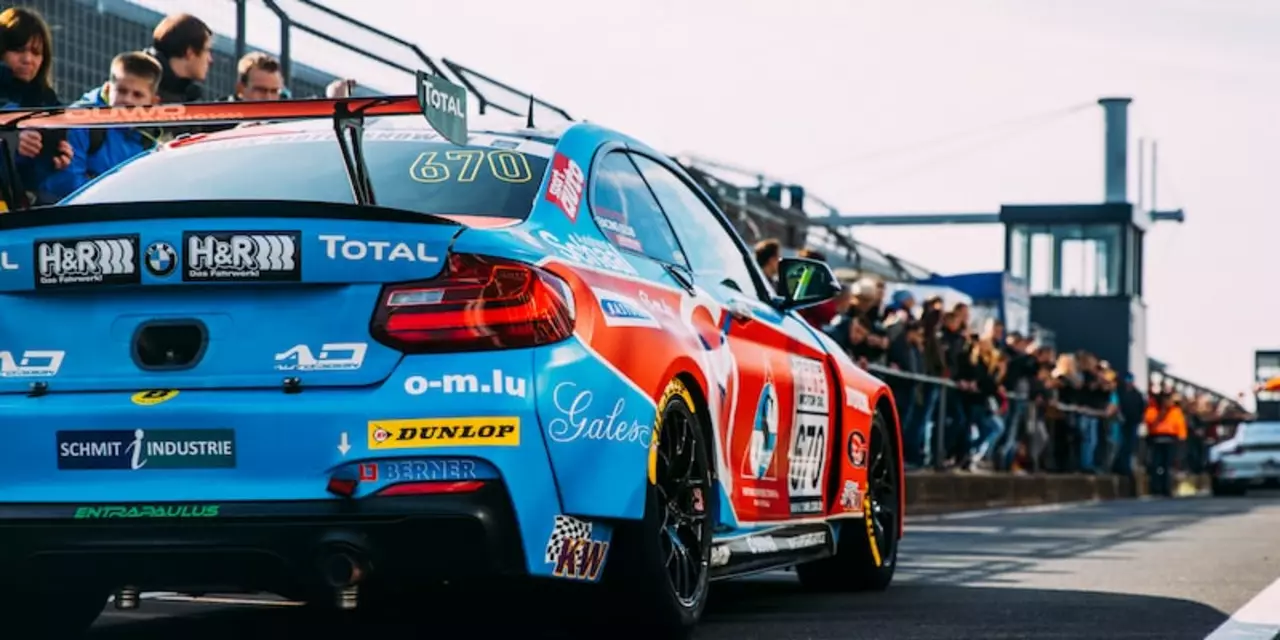Motorsport Homologation Rules: What They Are and Why They Matter
Ever wonder why a race car looks a lot like a street‑legal model? That’s not by chance – it’s the result of homologation rules. These regulations force manufacturers to base their competition machines on production cars, keeping the sport grounded in reality and affordable for fans.
Why Homologation Exists
First off, homologation keeps the playing field level. By setting limits on things like engine size, weight, and aerodynamics, the rules stop a single team from running a wildly expensive prototype that no one else can match. This makes races more about driver skill and team strategy, not just who can spend the most.
Second, the rules bridge the gap between the track and the road. When manufacturers have to produce a road‑going version of a race car, the technology trickles down to everyday drivers. Think of the brakes, suspension, or lightweight materials you see on your favorite sport bike – many of those start in the racetrack because homologation demanded it.
How Rules Impact Teams and Fans
For teams, homologation is both a constraint and an opportunity. The constraint comes from having to work within set parameters, which can feel limiting. The opportunity shows up when clever engineers find ways to squeeze performance out of the allowed specs – a little tweak here, a smarter material there. Those innovations often become the talk of the paddock and can define a season.
Fans get a big win too. When a race car is based on a model you can buy, the connection feels personal. You can point to a car on the showroom floor and say, "That’s the same line that won the race last weekend!" It fuels excitement and makes the sport feel accessible, not just a distant spectacle.
Homologation also ensures that the sport stays sustainable. By requiring a minimum number of road‑going units, the rules prevent manufacturers from building one‑off prototypes that would never see real‑world use. This keeps costs in check and protects the environment by avoiding wasteful, single‑purpose builds.
In practice, the process is straightforward: a manufacturer submits a vehicle for approval, detailing all the components that will appear on the race version. The governing body checks the specs against the rulebook, and if everything matches, the car gets a "homologated" stamp. From there, the team can race the car, but any major changes need a new approval.
What happens if a team tries to cheat? The penalties are harsh – from fines to disqualification. That threat alone keeps most teams honest and focused on clever engineering within the rules rather than outright breaking them.
So next time you watch a race and see a familiar silhouette roaring around the circuit, remember the behind‑the‑scenes work that made it possible. Homologation rules aren’t just paperwork; they’re the backbone of fair, exciting, and relatable motorsport.
- February 16, 2023
- Comments 0
- Motorsport Regulations and Homologation
